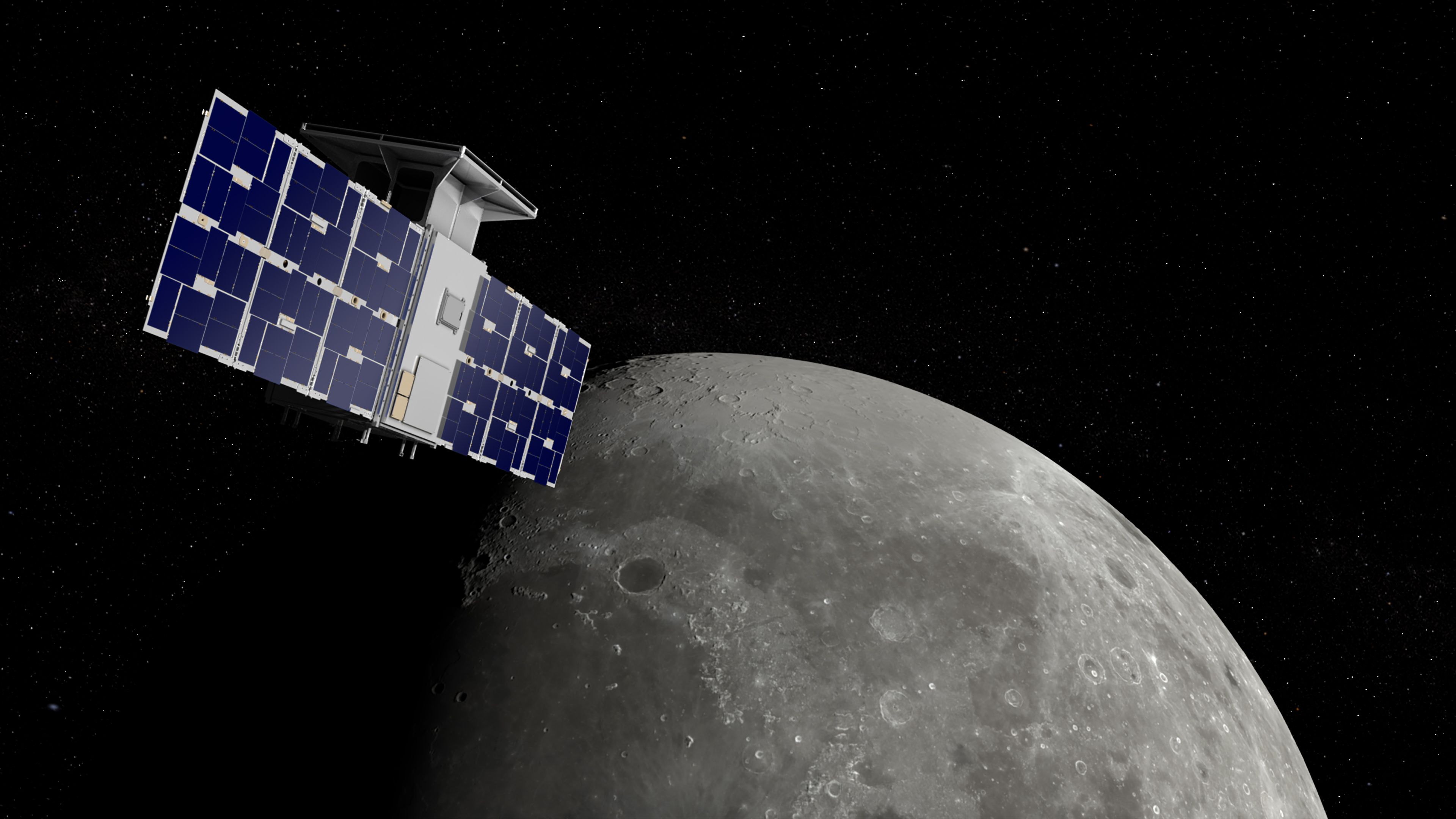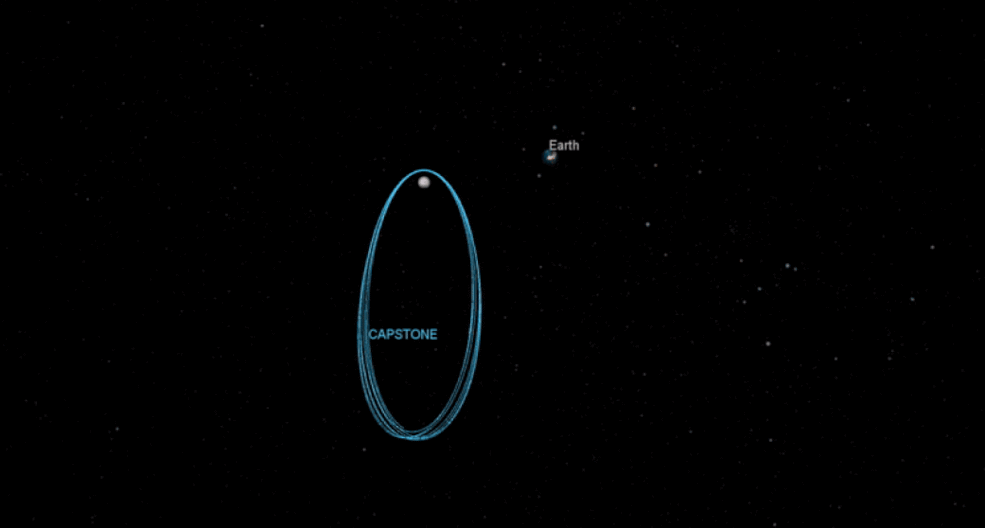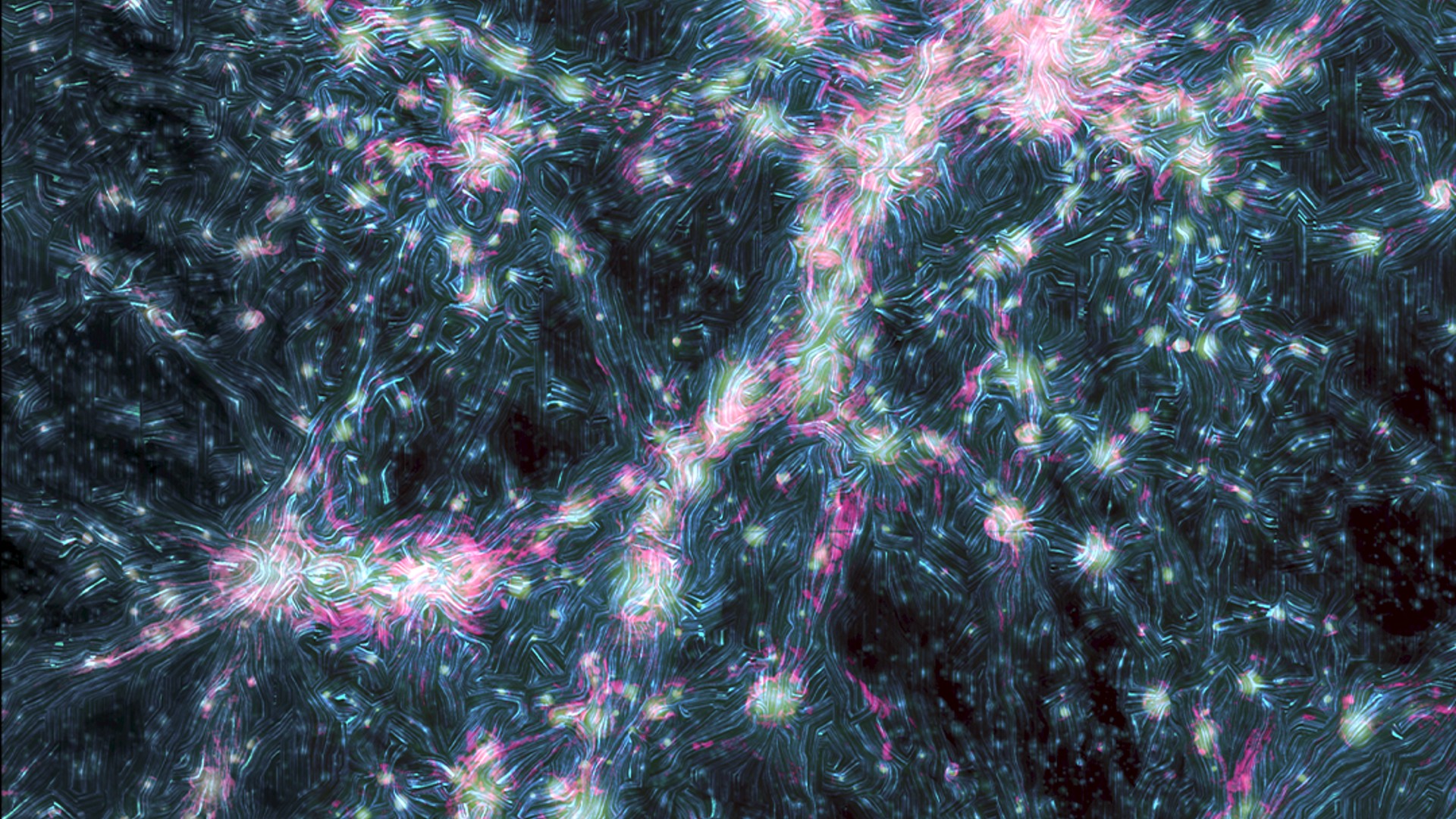NASA's tiny CAPSTONE spacecraft now flying to the moon on its own
The mission will settle in for a long journey following a crucial and successful spacecraft burn Monday.

NASA's CAPSTONE is now on its journey to the moon on it own.
The 55-pound (25 kilogram) CAPSTONE microsatellite finished its final burn today (July 4) to set itself on a trajectory that will take it to Earth's celestial companion by the end of this year.
The complex operation required the microwave-sized CAPSTONE, which launched from New Zealand on June 28, to complete the burn while still attached to the Photon spacecraft bus, from which it separated 20 minutes later.
The mission, operated by NASA, launched to space atop the Electron rocket of the small satellite launcher company Rocket Lab and is the company's first beyond Earth's orbit.
The company celebrated the milestone burn, which took place at 2:56 a.m. EDT (06:56 GMT) in posts on Twitter, and with a YouTube livestream of the successful burn.
"Feels like something epic should be said but all ... I can say is, perfect moon mission success," Peter Beck, Rocket Lab's CEO wrote on Twitter:
Related: Why it'll take NASA's tiny CAPSTONE probe so long to reach the moon
Get the Space.com Newsletter
Breaking space news, the latest updates on rocket launches, skywatching events and more!
MISSION UPDATE: Separation success! Our #CAPSTONE spacecraft has released from @RocketLab’s Photon upper stage and started its solo journey to the Moon. The pathfinder is scheduled to arrive at its lunar orbit on Nov. 13. Learn more: https://t.co/hAkb461nmg pic.twitter.com/hDbeQ1XHQuJuly 4, 2022
The final burn was expected to accelerate the Photon-CAPSTONE duo to 24,500 mph (39,400 kph) prior to separation. Now, the microwave-oven sized cubesat will face a four-month journey, at times getting as far as 810,000 miles (1.3 million km) from Earth before gravity swings it closer to the planet and moon again.
Engineers picked a long and winding road for CAPSTONE because the circuitous path will save on fuel, a necessity since Electron is only 59 feet (18 meters) tall and doesn't have large fuel tanks compared with other boosters.
The next major milestone will take place on Nov. 13, when CAPSTONE moves into a near-rectilinear halo orbit (NRHO) around the moon. The pathway, a proving ground for NASA's forthcoming Gateway space station, will see CAPSTONE take an elliptical path. It will zoom within 1,000 miles (1,600 km) of the lunar surface at its closest, and 43,500 miles (70,000 km) at its furthest.

CAPSTONE (short for "Cislunar Autonomous Positioning System Technology Operations and Navigation Experiment") will be an important pathfinder for Gateway, as no other spacecraft has occupied a lunar NRHO before.
Should the little spacecraft show the stability of this orbit, it will be an important keystone in the Artemis program of lunar exploration, since astronauts will be using Gateway to run surface missions to the moon.
Along the way, CAPSTONE also plans navigation and communications tests, including communications with NASA's Lunar Reconnaissance Orbiter, which has been photographing the moon in high-definition since 2009.
Follow Elizabeth Howell on Twitter @howellspace. Follow us on Twitter @Spacedotcom and on Facebook.
Join our Space Forums to keep talking space on the latest missions, night sky and more! And if you have a news tip, correction or comment, let us know at: community@space.com.

Elizabeth Howell (she/her), Ph.D., was a staff writer in the spaceflight channel between 2022 and 2024 specializing in Canadian space news. She was contributing writer for Space.com for 10 years from 2012 to 2024. Elizabeth's reporting includes multiple exclusives with the White House, leading world coverage about a lost-and-found space tomato on the International Space Station, witnessing five human spaceflight launches on two continents, flying parabolic, working inside a spacesuit, and participating in a simulated Mars mission. Her latest book, "Why Am I Taller?" (ECW Press, 2022) is co-written with astronaut Dave Williams.
